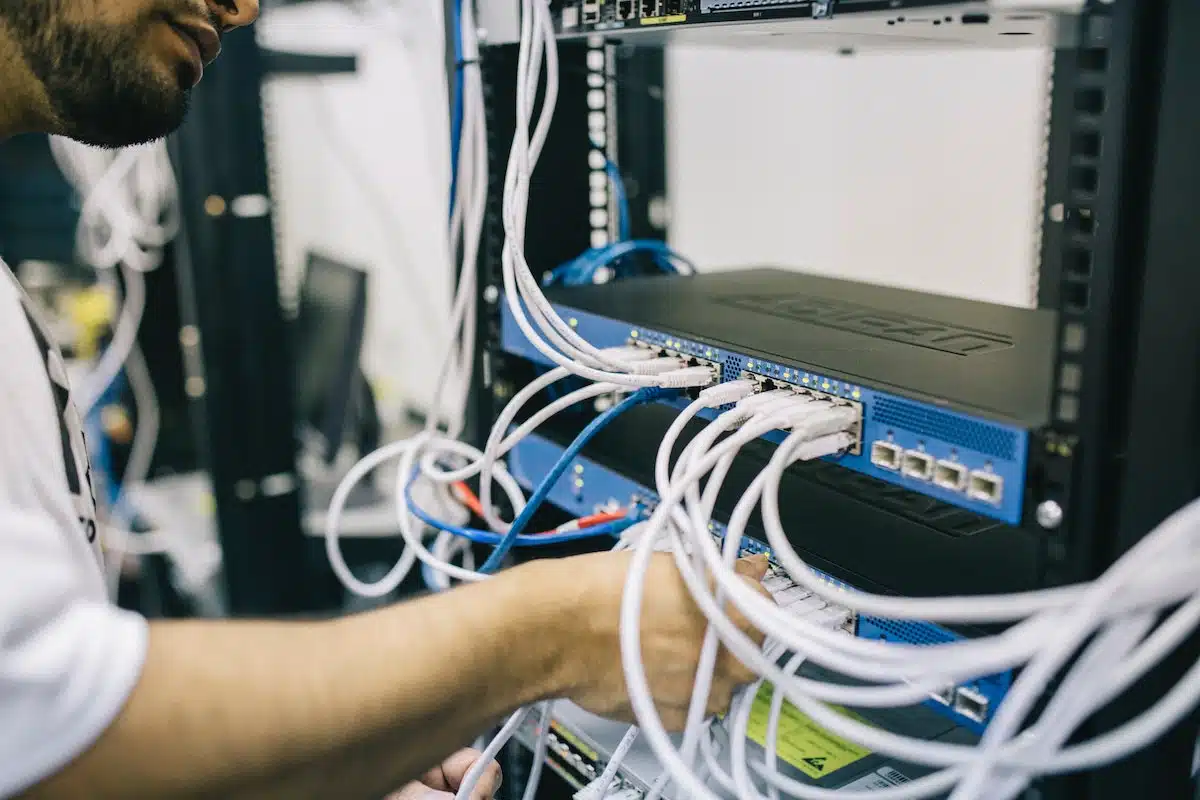Managed IT services can relieve school leaders of technology-related duties.
Parent-teacher conferences, state and local compliance requirements, lunch duty, hall duty, bathroom duty, report cards, fire drills, recess, gym, and arrival and dismissal: these are just some of the events and domains for which school leaders are responsible, in addition to, of course, observing teachers and providing feedback on instruction.
Given these competing demands, it’s no wonder many school administrators spend hours sitting at their desks, sorting through hundreds and hundreds of emails, with little time left to support teachers and students directly.
Technology, too, can consume hours of a school leader’s time. Whether troubleshooting individual classroom technology issues or deciding how to allocate scarce E-rate or per-pupil funds, managing a school’s technology programming can divert school leaders’ attention away from their core mission: educating children.
By investing in managed IT services, school leaders can correct the imbalance between their administrative and instructional duties, re-focusing their efforts on supporting student achievement.
Managed IT services can help schools quickly resolve common technology issues.
For starters, managed IT services can quickly resolve common technology issues that would otherwise place unacceptable demands on a school leader’s time. Armed with both technical know-how and robust ticketing systems, managed IT providers can move rapidly to reset a teacher’s password, identify what’s preventing a SMARTboard from working, and help a student access their teacher’s Google Classroom site, to name a few examples.
Managed IT providers’ capacity to quickly resolve common technology issues similarly benefits teachers, who don’t have to adjust their lesson plans due to a tech-related problem. The more certainty a teacher has that his or her technology will consistently work, the better. A teacher’s peace of mind, in turn, will help him or her better support students.
The benefits of such a system are particularly clear for remote learning, where students and their family members often lack a direct line to school staff. By calling the managed IT provider’s help desk, family members can quickly get their students back in their Google Classroom or Zoom meeting.
Managed IT providers can reduce the risk of malware and improve student device security.
Managed IT providers are also better situated than most school leaders to both anticipate cyber threats to a school’s IT infrastructure and consistently monitor the school’s technology systems for any intrusions. With the advent of widespread remote learning across the United States, the ability to proactively guard against cyberthreats is more important than ever. Phishing scams, malware, and bad actors have increasingly set their sights on state and local cyber networks, which have often seem ill-prepared for these types of threats.
Even when in-person instruction resumes, schools will likely embrace technology to a greater degree than ever before, underscoring the need for enhanced cybersecurity. From CIPA’s “digital citizenship” requirements to filtering software and other preventative technology, managed IT providers can both implement and recommend continual improvements to a school’s cybersecurity infrastructure that can mitigate the risks associated with online learning.
As IT services become increasingly complex, managed IT providers can help schools design sustainable systems and processes.
The need for increasingly sophisticated cybersecurity measures relates to another benefit of managed IT providers: their ability to thoughtfully conceive of and execute a wide variety of school-based technology systems that integrate with one another.
Take, for example, a school’s student information system (e.g., PowerSchool). While this system houses important student information such as a student’s emergency contacts, address, attendance, and grades, it might not “talk” to the school’s data and assessment system, which operates on an entirely different platform.
Rather than duplicating data entry across both systems, a managed IT provider can help school leaders integrate both systems through an SFTP connection. When a teacher or support staff member updates the school’s student information system, the change will automatically be reflected in the school’s data and assessment system, eliminating the need to constantly cross-check the information on both platforms.
Here, again, a managed IT provider’s technical know-how can help a school add significant value to its technology programming, integrating otherwise siloed systems with one another and saving teachers and school leaders time in the process.
At CTS, we help schools accomplish their unique missions.
We’ve worked with more than 60 schools across the country to align technology programs with school leaders’ unique missions. Whether implementing the school’s E-rate proposal, creating dynamic educational data dashboards, or simply streamlining unwieldy troubleshooting processes, our team is deeply invested in the success of each of our partner schools.
Comprised of former school leaders, operations managers, and computer engineers, our team stands ready to offer creative solutions to your school’s technology issues. Contact us today to learn more about our managed IT services and how we can help your school achieve its unique mission.




